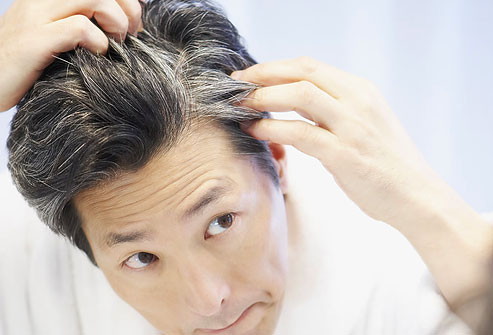Developing countries should enroll medical and nursing students from rural areas
Nearly one third of medical and nursing students in developing countries may have no intention of working in their own countries after graduation, while less than one fifth of them intend to work in rural areas where they are needed most, according to a new study.
Health workforce shortages have been a major factor driving the current outbreak of Ebola in western Africa. The disease initially spread rapidly in rural parts of three of the world’s poorest countries (Guinea, Sierra Leone and Liberia), where health workers are scarcest.
The study, which was published in the Bulletin of the World Health Organization today, provides new evidence supporting World Health Organization (WHO) recommendations on recruiting and retaining health workers in rural areas, including the targeted admission of medical and nursing students with rural backgrounds.
“Considerable investment has been made in recent years to expand health workforce training in low- and middle-income countries,” said lead author Dr David Silvestri from Brigham and Women’s Hospital and Massachusetts General Hospital in Boston, United States of America.
“Unfortunately, insufficient attention has been given to ensuring that the students who are enrolled are those most likely to work in rural areas, where health needs are greatest. As a result, a significant proportion of these increased investments may be spent training individuals who only aspire to emigrate after training.”
From 2011 to 2012, Silvestri and his colleagues surveyed 3199 first- and final-year medical and nursing students at 16 leading government-run medical and nursing schools in eight countries: Bangladesh, Ethiopia, India, Kenya, Malawi, Nepal, the United Republic of Tanzania and Zambia.
The study is important because it is a multi-country study (one for which data was collected and analyzed in several diverse countries) that suggests that there might be a similar pattern in the future career intentions of medical and nursing students across countries in more than one region for the first time.
When asked where they intended to work within five years of graduation, 28% of surveyed students expected to seek employment abroad, while only 18% anticipated choosing a career in rural areas.
“We found that students raised in rural areas were most likely to want to pursue rural careers, and were least likely to want to move abroad,” Silvestri said. “Our data suggest that students’ career intentions may be identified before matriculation, which means that countries could selectively admit those most likely to work in high-need areas.”
The severity of health workforce shortages in developing countries is a major barrier to global health advances, and was first identified by the World Health Report 2006. Sub-Saharan African countries have on average 2 physicians and 11 nurses or midwives per 10 000 people, compared with 30 physicians and 84 nurses or midwives in high-income countries, according to the World Bank.
To address shortages and maldistribution of health workers in developing countries, WHO established the Global Health Workforce Alliance in 2006, a partnership devoted to these issues. In 2010, it issued the WHO Global Code of Practice on the International Recruitment of Health Personnel, along with recommendations on health worker recruitment and retention in rural areas, entitled Increasing access to health workers in remote and rural areas through improved retention.
Understanding student motivation to work in rural areas and strengthening the rural pipeline of health workers is part of ongoing collaboration between the WHO, the World Bank and the International Labour Organization.
The study is timely because the WHO Global Code of Practice is due for its first review at the Executive Board in January 2015, and its findings have policy implications for countries that are striving for universal coverage of health-care services, according to James Campbell, Director of the Health Workforce department at WHO headquarters and Executive Director of the Global Health Workforce Alliance.
Health workforce retention is vital in emergencies – as we have seen in the current Ebola outbreak in western Africa. We need to rethink some of the policies aimed at attracting the best of the best to train and prepare them to serve where they are most needed,” Campbell said.
“Without a rethink of education, deployment and equitable distribution of health workers, many health systems could be at risk of providing little or no care to rural populations,” Campbell said.
Source: medical xpress



















